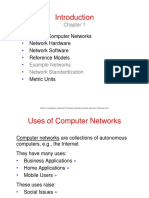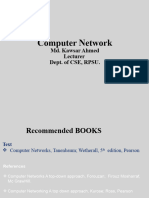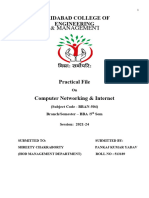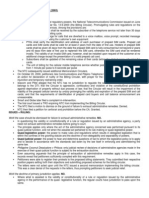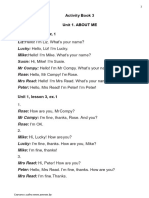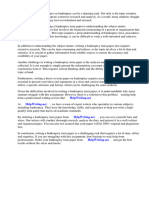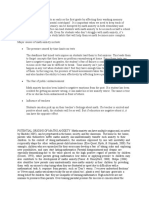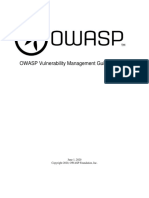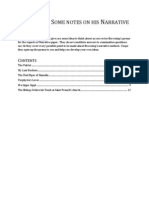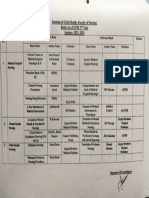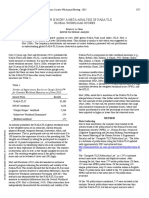0% found this document useful (0 votes)
11 views46 pagesChapter1 Introduction
The document is a chapter from 'Computer Networks, Fifth Edition' by Andrew Tanenbaum and David Wetherall, covering various types of networks including personal, local, metropolitan, and wide area networks. It discusses network hardware, software, protocol hierarchies, and reference models like OSI and TCP/IP, along with critiques of these models. Additionally, it provides insights into historical networks such as ARPANET and NSFNET, as well as modern technologies like wireless LANs and RFID.
Uploaded by
hartikrai12Copyright
© © All Rights Reserved
We take content rights seriously. If you suspect this is your content, claim it here.
Available Formats
Download as PPT, PDF, TXT or read online on Scribd
0% found this document useful (0 votes)
11 views46 pagesChapter1 Introduction
The document is a chapter from 'Computer Networks, Fifth Edition' by Andrew Tanenbaum and David Wetherall, covering various types of networks including personal, local, metropolitan, and wide area networks. It discusses network hardware, software, protocol hierarchies, and reference models like OSI and TCP/IP, along with critiques of these models. Additionally, it provides insights into historical networks such as ARPANET and NSFNET, as well as modern technologies like wireless LANs and RFID.
Uploaded by
hartikrai12Copyright
© © All Rights Reserved
We take content rights seriously. If you suspect this is your content, claim it here.
Available Formats
Download as PPT, PDF, TXT or read online on Scribd
/ 46





















